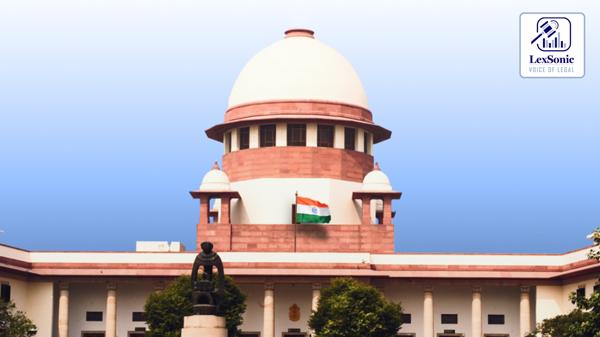In an important ruling, the Supreme Court overruled a Telangana High Court judgment and reinstated the order of the Joint Collector, Ranga Reddy District, rejecting a tardy claim for succession to protected tenancy rights under the Andhra Pradesh (Telangana Area) Tenancy and Agricultural Lands Act, 1950. The Court reiterated that statutory formality, more so under Section 40 of the Act, is not a question of discretion but a statutory requirement for the recognition of succession to protected tenancy rights.
The Background:
The petitioners, purporting to be the legal heirs of one Buden Saab, approached the Tahsildar under Section 32(1) of the 1950 Act, requesting restoration of possession of agricultural lands at Thulekurd village, Yacharam Mandal, in Ranga Reddy District. They based their claim on a civil court decree procured in 2007, which held them to be the heirs of Buden Saab. Banking on this decree, the Tahsildar granted their petition.
But the appellant, Katikapally Rajaiah, who bought part of the land as early as 1984 and who has been in possession ever since, objected to this action before the Joint Collector. The appellate court held that the respondents had not invoked the procedure under Section 40 of the Act, which deals with the succession to a protected tenant's rights, and set aside accordingly the order of the Tahsildar.
The Misstep of the High Court:
When the respondents brought a challenge to the appellate order in the High Court, the learned Single Judge opined that the civil court decree of heirship was enough for their recognition of rights and no independent compliance under Section 40 was required. The High Court accordingly granted the revision, disregarding the long lapse of two decades in pursuing the claim and the very specific statutory requirement of verification and recognition of succession by the relevant tenancy authorities.
Supreme Court's Intervention:
The Supreme Court, in the voice of Justices Sanjay Kumar and Alok Aradhe, categorically refused to accept the High Court's perspective. The Court emphasized two fundamental points: first, that adherence to the procedure under Section 40 of the Act is obligatory, and secondly, that unexplained delay in claiming a right of succession can render the claim nugatory.
The bench noted that the respondents remained silent for over two decades after the appellant’s purchase in 1984 and only in 2007 sought to declare themselves heirs to the erstwhile protected tenant. Such conduct, the Court held, rendered their claim fatally defective both for laches and for procedural noncompliance. The Tahsildar’s order was thus rightly set aside by the Joint Collector, and the High Court erred in interfering.
Reasserting the Statutory Mandate:
By reversing the Joint Collector's order, the Supreme Court reasserted that heirship of a protected tenant is not presumed but subject to proper fulfillment of Section 40. Civil orders of heirship, while material, cannot stand in lieu of the statutory inquiry and approval by the concerned tenancy authority. The judgment also asserts the larger principle that equity cannot override express legislative procedure.
Conclusion:
This judgment reinstates sense in the application of tenancy legislation in Telangana, focusing on the fact that procedural sanctity and promptness are imperative while claiming succession to security of tenancy rights. It gives an unequivocal message that courts will not tolerate delay or procedural laches in cases that are regulated by special agrarian enactments. For heirs as much as landowners, vigil and compliance with statutory procedure continue to be the pillars of legitimate entitlement.

